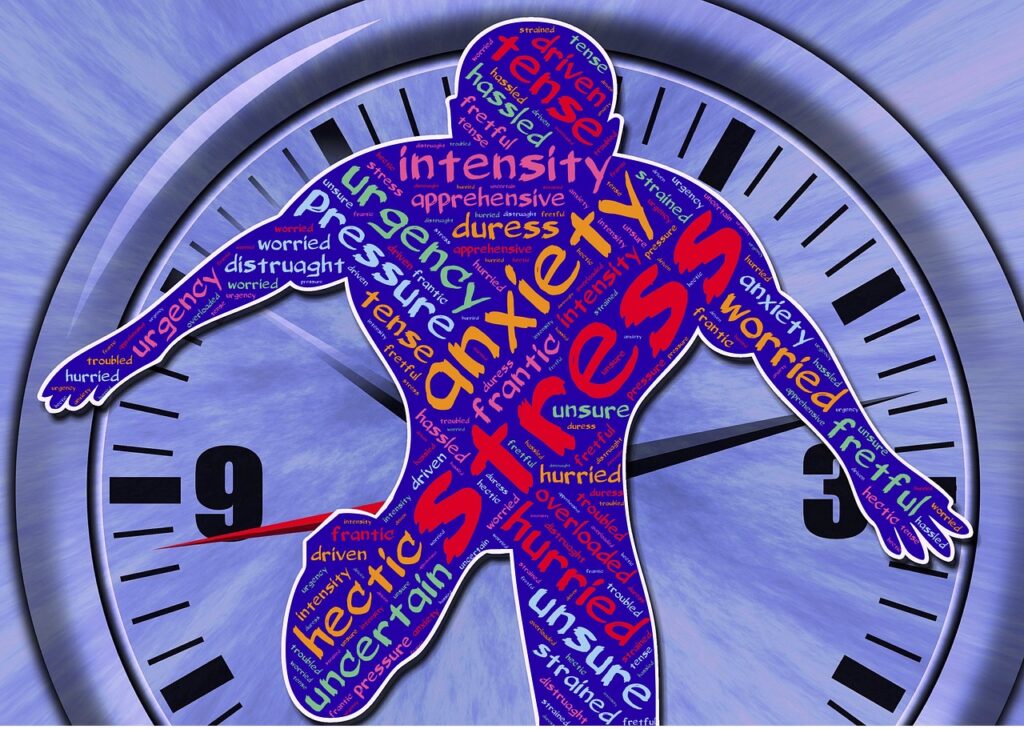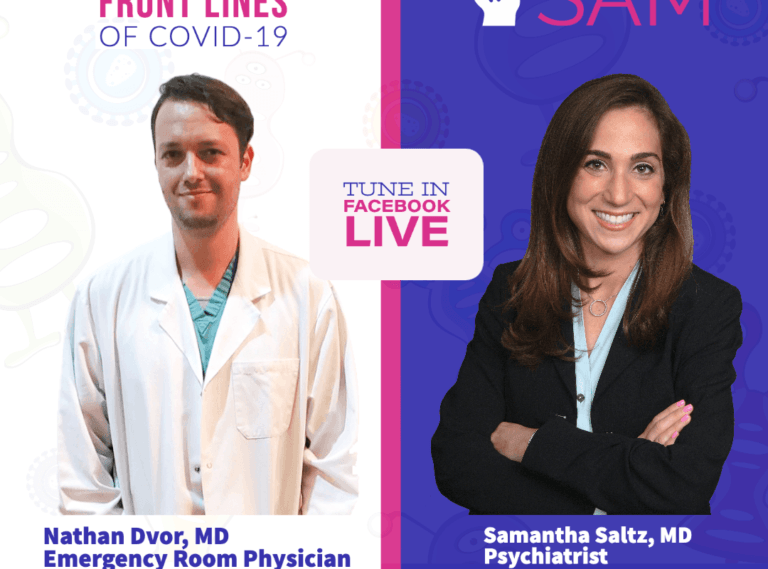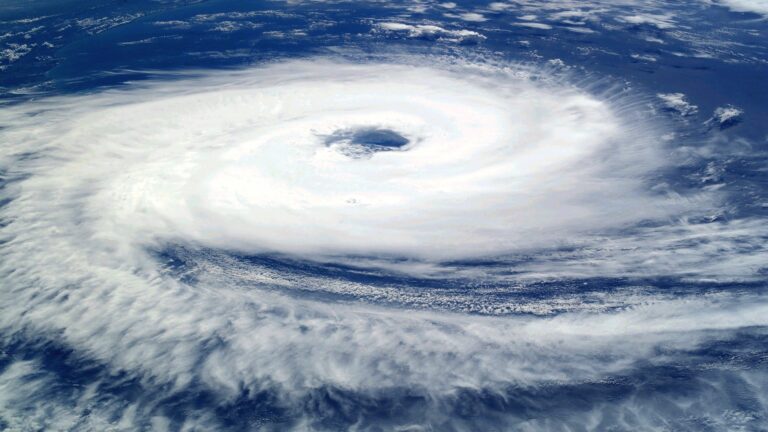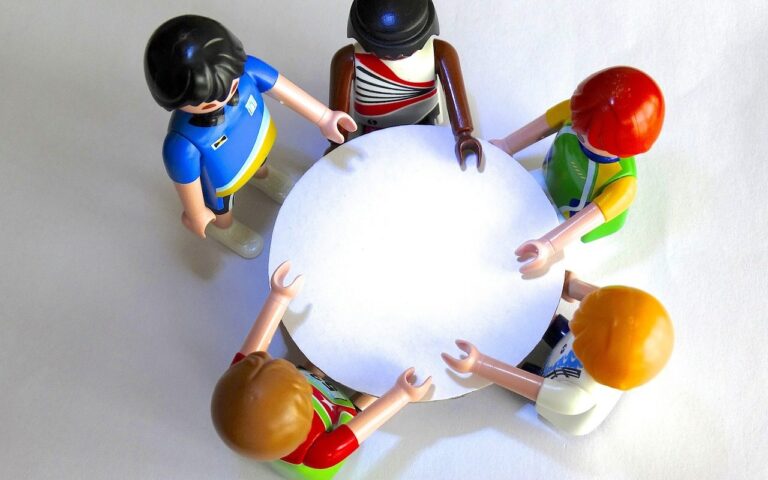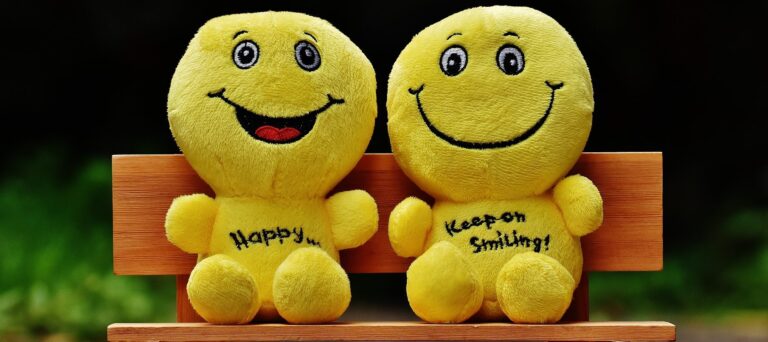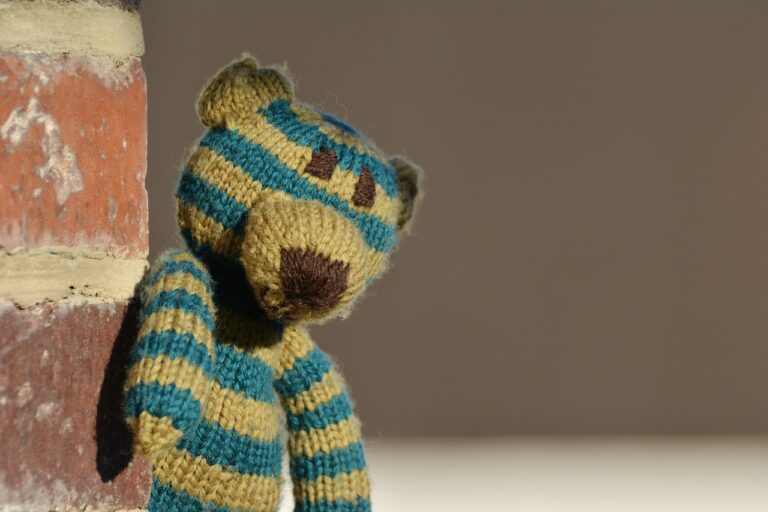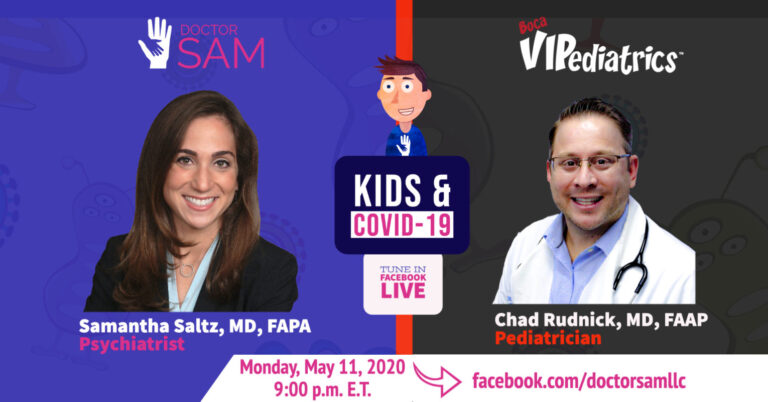Anxiety is an internal state of restlessness that may be difficult to suppress. Some people bite their nails, while others sweat and shake. The physical and mental effects of anxiety disorders can be debilitating. Therefore, children must employ effective coping mechanisms before their anxiety becomes unbearable.
The approximate lifetime prevalence of anxiety disorders is 16%.1 Generalized anxiety disorder (GAD), post-traumatic stress disorder (PTSD), obsessive compulsive disorder (OCD), panic disorder and social phobia are all examples of anxiety disorders. Separation anxiety, specific phobias and selective mutism are common in children.
Changing schools, dealing with a parent’s divorce, or traumatic events may exacerbate children’s anxiety. Regressive behaviors like bedwetting or thumb sucking are common. Physicians recognize anxiety through both the clinical interview and objective measures like the Screen for Child Anxiety Related Disorders (SCARED), the Spence Children’s Anxiety Scale, the Multidimensional Anxiety Scale for Children, or the Childhood Trauma Questionnaire (CTQ). The culmination of clinical assessments and scales provides doctors diverse ways to monitor pathology.
Both pharmacologic and nonpharmacologic interventions help. Medications like selective serotonin reuptake inhibitors or serotonin norepinephrine reuptake inhibitors may be helpful.2 Therapeutic interventions include cognitive behavioral therapy and dialectical behavioral therapy. Diaphragmatic breathing, yoga, exercise and muscle tension relaxation techniques are beneficial.
Some children have difficulty channeling their anxiety and instead exhibit self-injurious behaviors like cutting, hair pulling, skin picking, head banging, or burning. Common locations for cutting and burning include the forearms, thighs, and stomach. Parents should look for scars in these areas and immediately seek mental health assistance.
It is important that symptoms of pathologic anxiety be recognized and treated early. Children need nervous tension channeled into productivity. Small amounts of anxiety can at times be beneficial. However, when your child’s anxiety is impeding in their school performance, personal development and wellbeing, it’s imperative to intervene.
- Kessler RC, Aguilar-Gaxiola S, Alonso J, et al. The global burden of mental disorders: An update from the WHO World Mental Health (WMH) Surveys. Epidemiologia e psichiatria sociale. 2009;18(1):23-33.
- Strawn JR, Welge JA, Wehry AM, Keeshin BR, Rynn MA. Efficacy and Tolerability of Antidepressants in Pediatric Anxiety Disorders: a Systematic Review and Meta-Analysis. Depression and anxiety. 2015;32(3):149-157. doi:10.1002/da.2232

